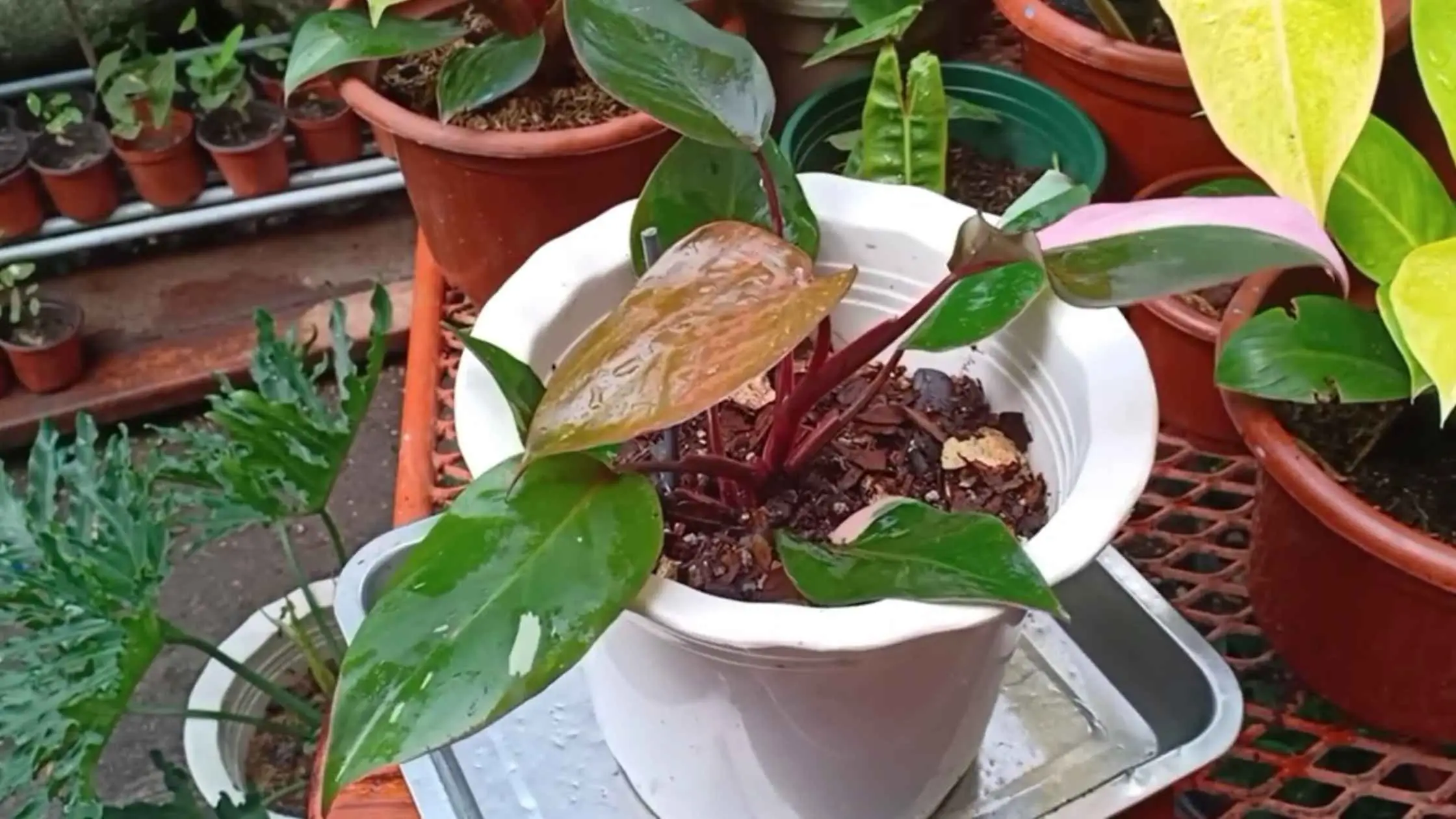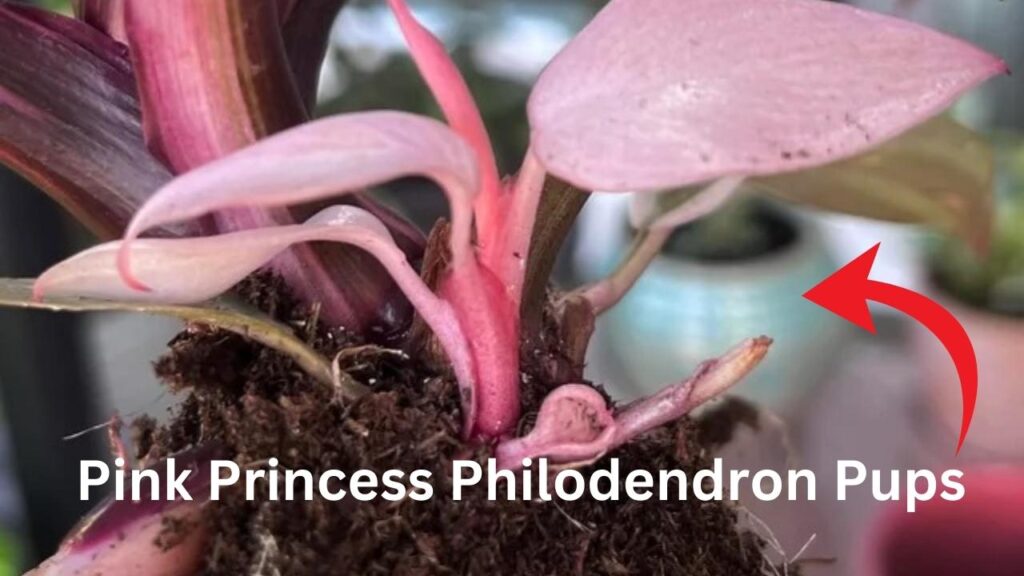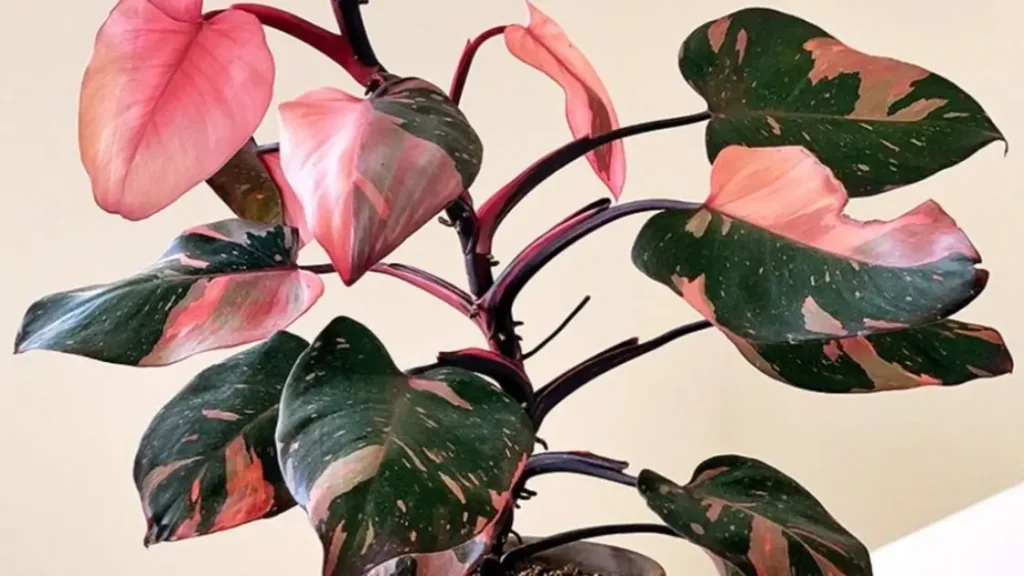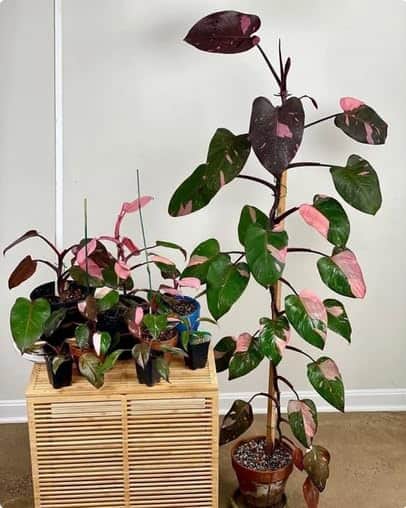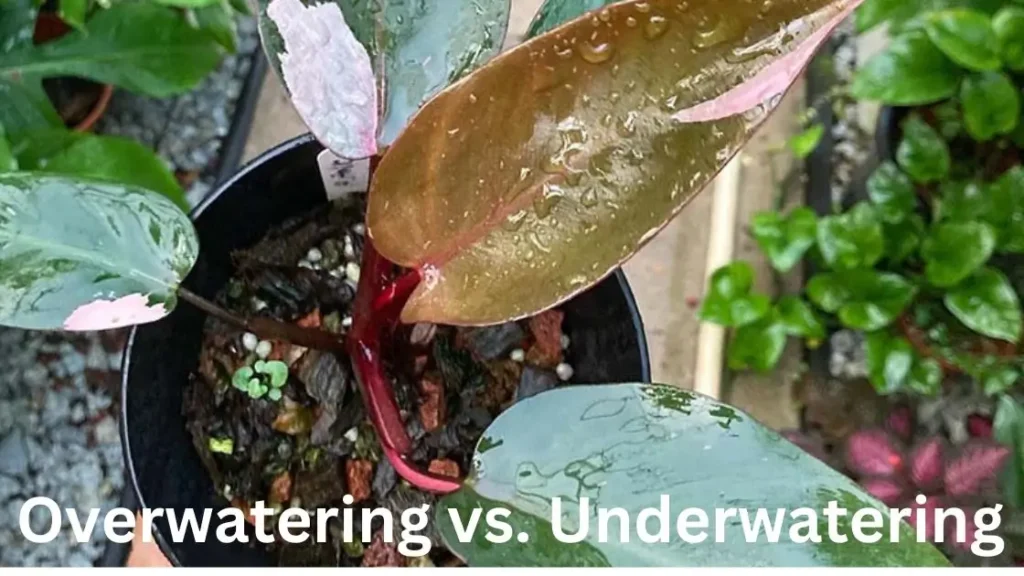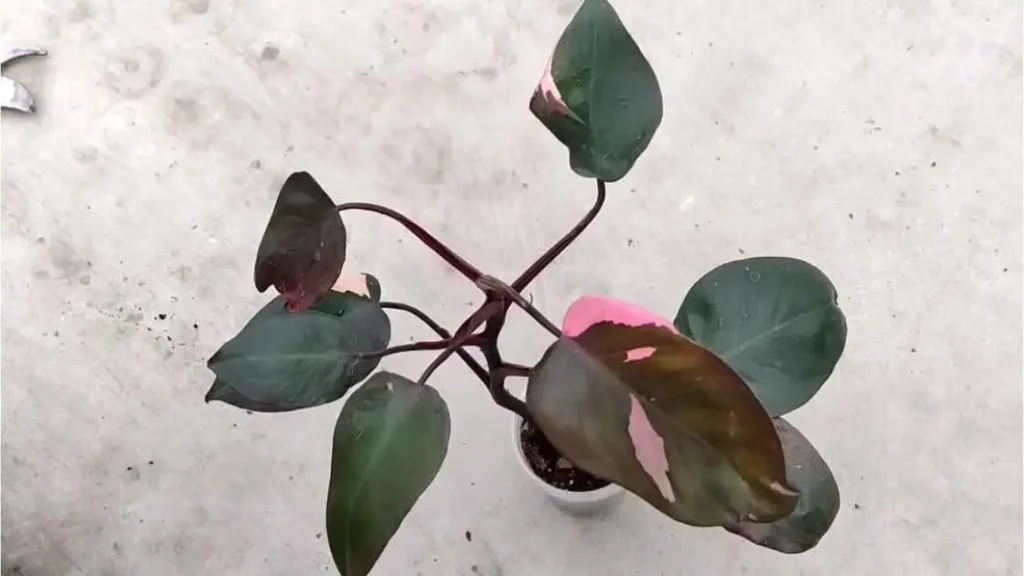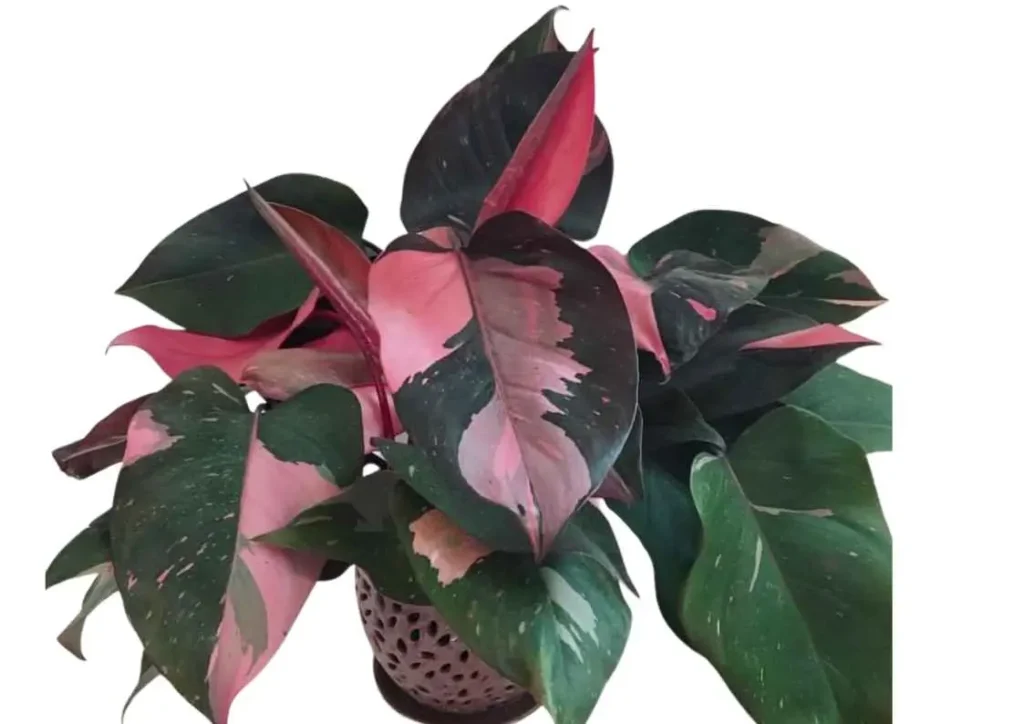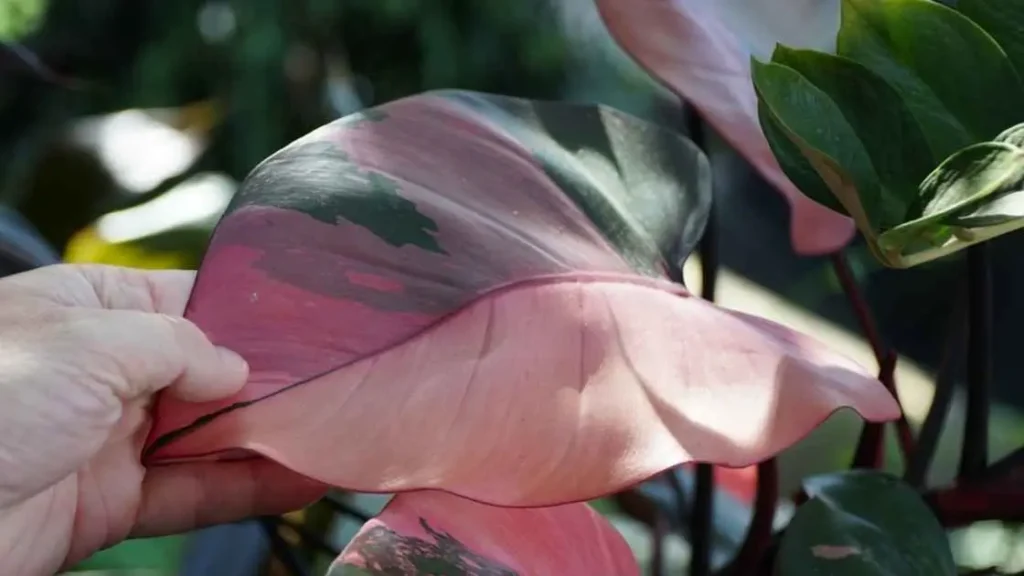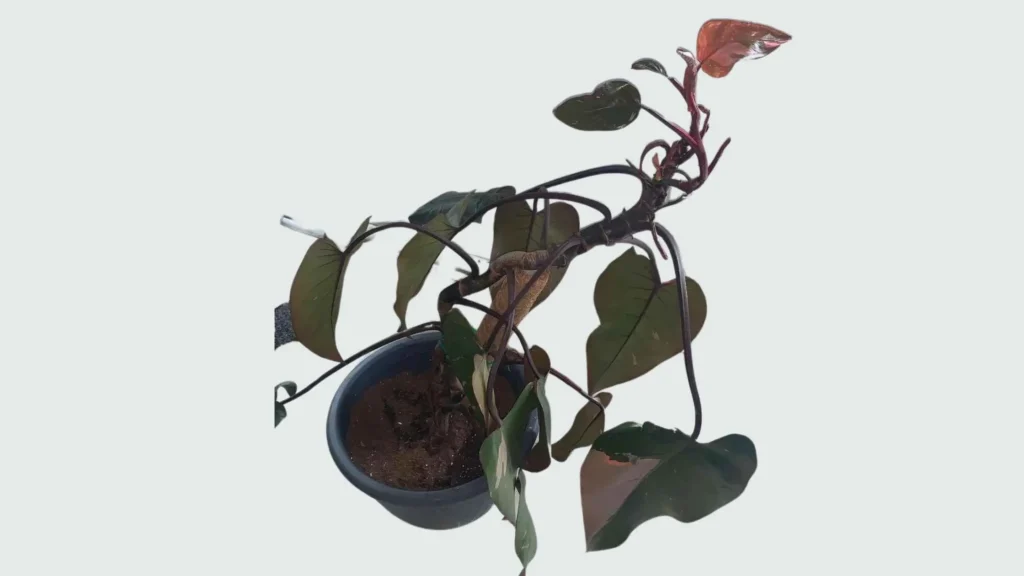Table of Contents
ToggleWhen I first got my Pink Princess Philodendron, I was thrilled by its vibrant variegated leaves. However, I quickly realized that keeping this beauty healthy required more than just admiring it from afar. The right soil mix can make all the difference in ensuring your plant thrives. Through trial and error, I’ve found some great DIY recipes for creating the perfect soil mix.
Understanding the Pink Princess Philodendron’s Soil Needs
To create the perfect soil mix, it’s essential to understand the plant’s natural habitat and preferences. Native to the rainforests of South America, the Pink Princess Philodendron thrives in well-draining, nutrient-rich soil. The key is to mimic these conditions to prevent issues like root rot, which is common with overwatering.
The Pink Princess Philodendron prefers soil that allows excess water to drain away while retaining enough moisture to keep the roots hydrated. This balance is crucial because, just like in its natural habitat, the plant’s roots need air as much as they need water. Using a soil mix that includes ingredients like orchid bark, coco coir, and perlite can help achieve this balance.
What Key Ingredients Make the Perfect Soil Mix?
When I started experimenting with different soil mixes, I found that incorporating various components provided the best results. Here are the key ingredients I use:
Orchid Bark: Adds structure to the soil, providing necessary aeration and preventing compaction. This helps the roots breathe and grow healthier.
Coco Coir: Retains moisture well while allowing excess water to drain. It’s a sustainable alternative to peat moss and helps keep the soil light and airy.
Perlite: Improves drainage and aeration in the soil mix. It’s essential for preventing waterlogged soil, which can lead to root rot.
Peat Moss: Helps retain moisture and provides a slightly acidic pH, which is beneficial for the Pink Princess Philodendron.
Compost and Worm Castings: Enrich the soil with nutrients, promoting vigorous growth and vibrant foliage.
DIY Soil Mix Recipes
Here are three DIY soil mix recipes that have worked wonders for my Pink Princess Philodendron. Each recipe caters to different needs and preferences.
Recipe 1: Balanced Mix
This balanced mix is perfect for maintaining a healthy Pink Princess Philodendron.
- Ingredients:
- 50% sphagnum peat moss
- 25% perlite
- 25% regular potting soil
- Instructions:
- Combine the sphagnum peat moss, perlite, and potting soil in a large container.
- Mix thoroughly to ensure even distribution.
- Use this mix to pot your Pink Princess Philodendron, ensuring the soil is slightly moist but well-draining.
Recipe 2: Nutrient-Rich Mix
If your plant needs an extra nutrient boost, this recipe is ideal.
- Ingredients:
- 40% compost
- 30% coco coir
- 15% fresh worm castings
- 15% orchid bark
- Instructions:
- Mix the compost, coco coir, worm castings, and orchid bark in a container.
- Ensure the ingredients are well-blended.
- Pot your Pink Princess Philodendron in this nutrient-rich mix, watering lightly to settle the soil.
Recipe 3: Light and Airy Mix
This mix is great for promoting excellent aeration and preventing root rot.
- Ingredients:
- 40% orchid bark or bark chips
- 30% sphagnum moss
- 15% perlite
- 15% vermiculite
- Instructions:
- Combine the orchid bark, sphagnum moss, perlite, and vermiculite.
- Blend well to create a light, airy soil mix.
- Use this mix to pot your Pink Princess Philodendron, ensuring good drainage and aeration.
How to Test and Adjust Soil pH?
Ensuring the soil pH is within the ideal range (5.5-6.5) is crucial for nutrient uptake. Here’s how you can test and adjust it if necessary:
Testing Soil pH: Use a soil pH test kit available at garden centers. Follow the instructions to get an accurate reading.
Adjusting pH: If the soil is too acidic, add garden lime to raise the pH. If it’s too alkaline, sulfur or aluminum sulfate can help lower it.
Regularly testing and adjusting the pH ensures your Pink Princess Philodendron has the best soil conditions for healthy growth.
Common Soil Problems and Solutions
Even with the best intentions, soil problems can arise. Here are some common issues and solutions:
Overwatering and Root Rot: Yellowing leaves and wilting can indicate overwatering. Ensure your soil mix is well-draining and allow the soil to dry out between waterings. If root rot occurs, trim the affected roots and repot the plant in fresh, well-draining soil.
Poor Soil Health: Signs of poor soil health include stunted growth and lack of vibrant foliage. Regularly amend your soil with compost or worm castings to replenish nutrients and improve soil structure.
Repotting Your Pink Princess Philodendron
Repotting is an essential part of plant care, especially for the Pink Princess Philodendron. Here’s how to do it effectively:
- When to Repot: Repot your Pink Princess Philodendron every 1-2 years or when you see roots growing out of the drainage holes.
- How to Repot: Choose a pot 2-4 inches larger than the current one. Gently remove the plant from its pot, loosen the root ball, and place it in the new pot with fresh soil mix. Water thoroughly to help the plant settle in its new home.
Finding the right soil mix can make a world of difference in your plant’s health and appearance. By understanding its soil needs and experimenting with DIY recipes, you can create a thriving environment for your Pink Princess Philodendron. Whether you choose a balanced mix, a nutrient-rich blend, or a light and airy combination, the key is to ensure proper drainage and nutrient availability. Happy planting!
Final Thoughts
Creating the perfect soil mix for your Pink Princess Philodendron is a rewarding process that pays off in vibrant, healthy plants. Remember to test your soil regularly, adjust as needed, and enjoy the beauty of your thriving houseplant. With these DIY recipes, you’ll have the best soil mix to keep your Pink Princess Philodendron happy and flourishing for years to come.
FAQs
What is the best soil mix for Pink Princess Philodendron?
The best soil mix includes a combination of orchid bark, coco coir, perlite, peat moss, and compost or worm castings for optimal drainage and nutrient content.
How often should I water my Pink Princess Philodendron?
Water your Pink Princess Philodendron when the top 1-2 inches of soil are dry. Ensure the soil mix is well-draining to prevent overwatering and root rot.
Can I use regular potting soil for my Pink Princess Philodendron?
Regular potting soil can be used, but it’s best to amend it with perlite, orchid bark, and peat moss to improve drainage and aeration.
How do I know if my Pink Princess Philodendron needs repotting?
Repot your Pink Princess Philodendron when roots start growing out of the drainage holes or when the plant appears root-bound. Typically, this is every 1-2 years.
Related
Discover more from Pink Philodendron
Subscribe to get the latest posts sent to your email.

